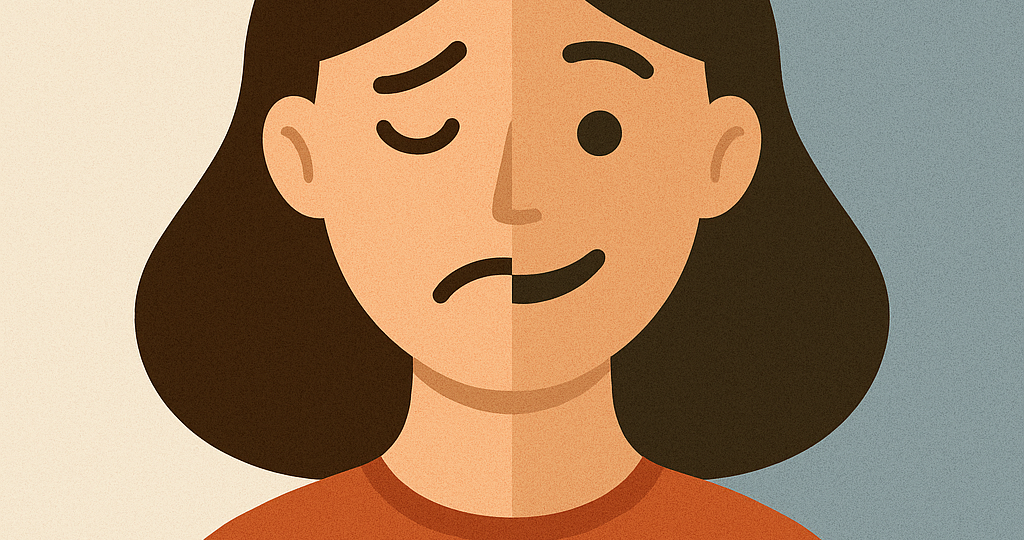
Have you ever felt like your emotions were a little all over the place? Now imagine riding an emotional rollercoaster that swings from soaring highs to crushing lows—not over a single day, but in intense episodes that can last weeks. That’s the reality for people living with bipolar disorder, a mental health condition that’s often misunderstood.
Bipolar disorder isn’t just “being moody.” It’s a serious condition that involves extreme changes in mood, energy, and activity levels. People with bipolar disorder alternate between periods of mania (elevated, euphoric, or irritable mood) and depression (sadness, fatigue, hopelessness). During manic episodes, someone might feel invincible, take big risks, or go days without sleep. In depressive episodes, the same person might feel like getting out of bed is impossible.
There are different types of bipolar disorder. Bipolar I involves full manic episodes, while Bipolar II includes less intense hypomanic (a low level of mania) episodes paired with depressive episodes. Cyclothymia is a milder form, with shorter, less severe mood swings. The causes are complex—genetics, brain structure, and environmental stressors all play a role.
Bipolar disorder can be disruptive, but it’s manageable. With the right treatment—usually a mix of medication, therapy, and support—many people with bipolar disorder lead stable, productive lives.
In fact, one of the most time-tested and effective treatments might surprise you. It’s hiding on the periodic table. Let’s talk about that tomorrow but side note: I only wrote this post to talk about that treatment. I felt like I should say that. Bye for now.
RELATED POSTS
View all
